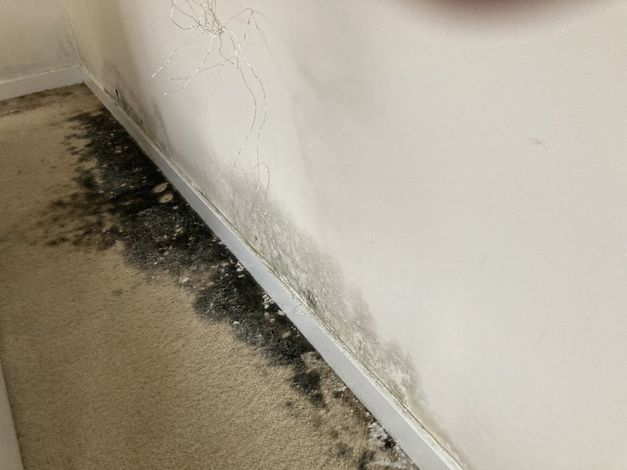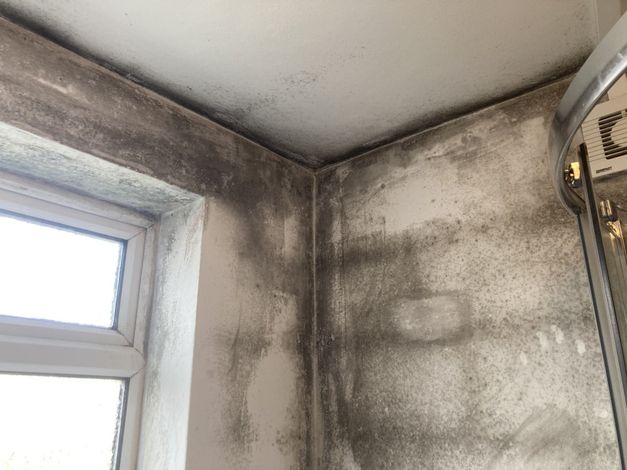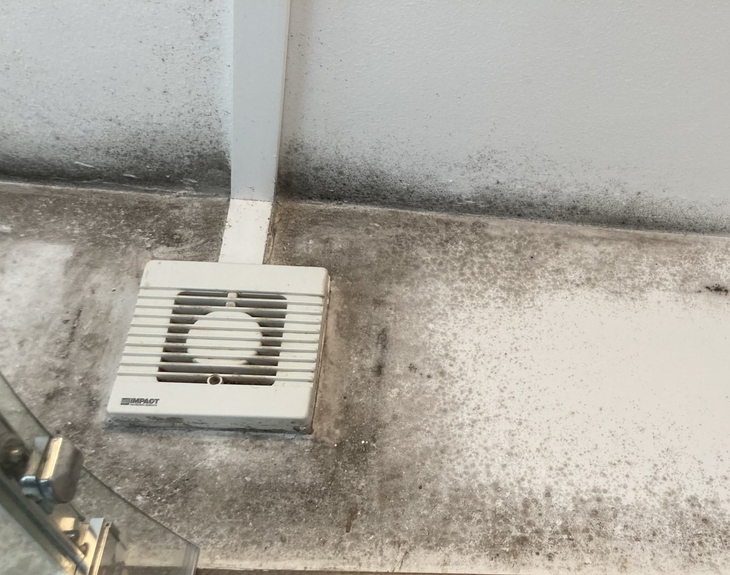We Kill Mould so it's gone for good!
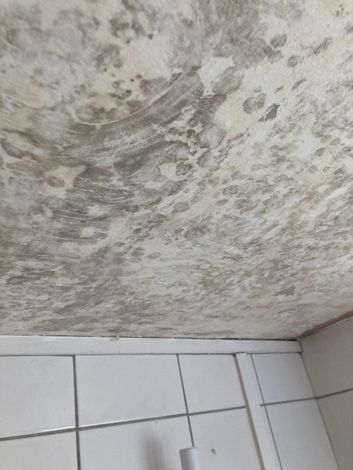
Slide title
Write your caption hereButtonSlide title
Write your caption hereButtonSlide title
Write your caption hereButton
Mould Doctor Midlands Ltd
Mould Treatment and
Ventilation Specialists.
We treat the cause so the
mould is gone for good.
What is Mould?
Mould is a microscopic fungus that helps nature decompose dead organic material.
It can be shades of black, blue, red, white or green and it is not usually a welcome visitor to our homes.
Mould spores can have beneficial by-products such as the the cultivation of yeasts, penicillin and giving the distinct flavour to blue cheeses. However, most people that find themselves reading this, are here because they have found mould on their personal possessions or surfaces in their home.

Slide title
Write your caption hereButton
How Does Mould Grow?
Mould has long, microscopic strings called hyphae, and when they grow, mould spreads.
It is because of these strings that a small colony of mould can grow to cover large surface areas in a relatively short space of time.
However, mould can travel further than where it's hyphae can reach. It releases spores which are like microscopic seeds.
When the spores are released, they travel through air or water to a new location - usually a cold spot.
If spores land on a cold, damp surface where there is mould food - cotton, leather, suede, wood, paper, cardboard, they will start to grow their hyphae and spread not only over areas, but penetrate in to the surfaces eating in to personal possessions, walls and furniture.
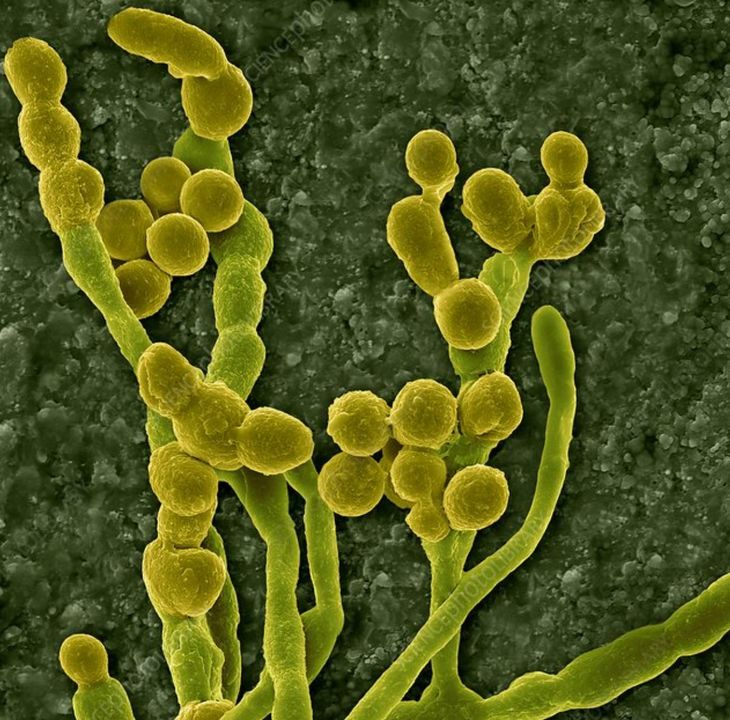
Slide title
Write your caption hereButtonSlide title
Write your caption hereButton
Humidity
There can be no mould without moisture so monitoring the humidity levels in your home is an
essential part of mould management.
If excess humidity can not exit your home there is a good chance that it will lead to mould.
At 70% humidity and a temperature of 20 degrees or below, mould takes 134 days to grow.
At 80% humidity mould will grow in only 10 days.
In these conditions without adequate extraction, mould can grow anywhere in the home
especially on those natural fibres it likes so much, cotton, leather, suede,
and also on wood, paper and cardboard.
When you wipe mould away, unless specialist products are used it will be back.
To kill mould for good, the causes need to be identified and addressed and the plant killed.
Mould eats into the surface that it grows on, so not only is it quite physically destructive,
but causes stress and anxiety and airborne spores can be detrimental to health.
Mould Doctor Midlands Ltd is a Limited company registered in England No:13831207 Vat: 403 0100 85
Registered office: Bonfield Cottage, Atherstone Road, Hartshill, CV10 0TB.
Mould Doctor Midlands Ltd
is a franchise of
Mould Doctor Ltd


